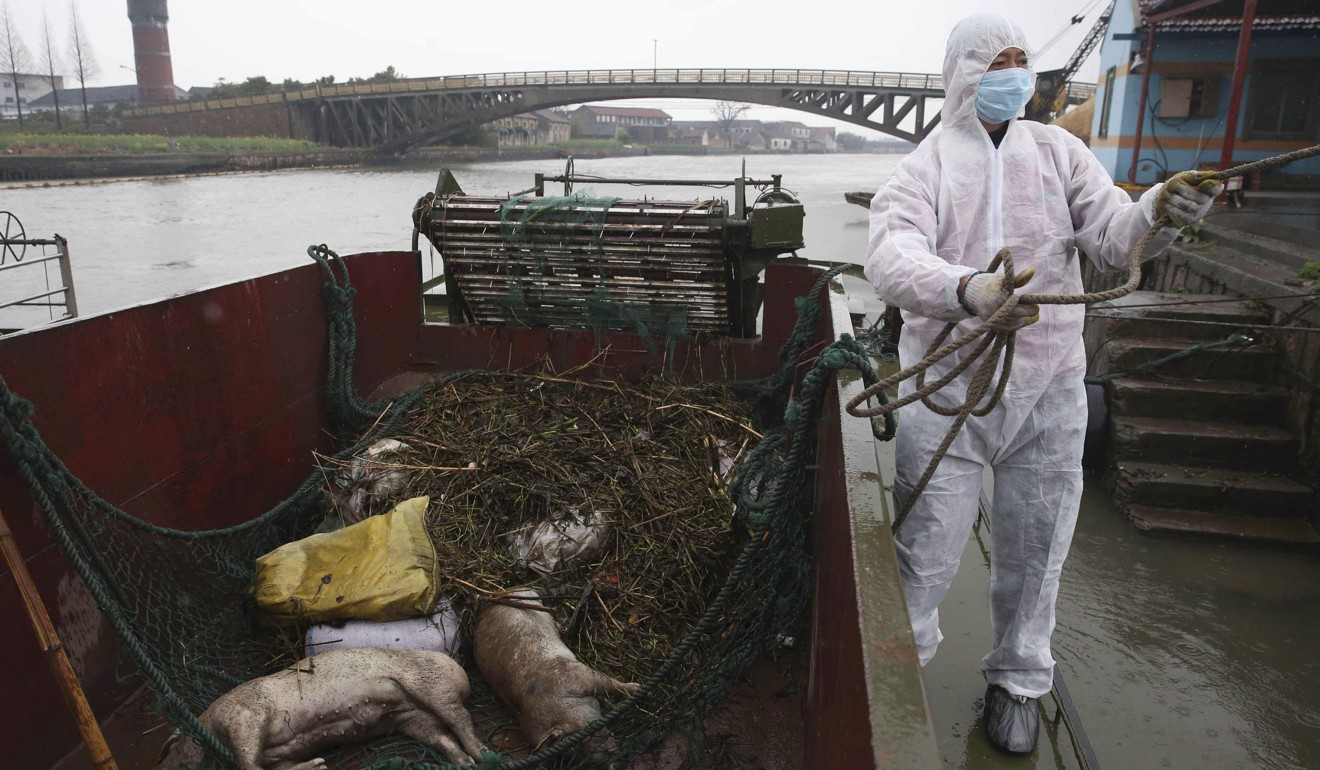
As China comes clean on water quality, the message to polluters is crystal clear
Bao Hang says the new transparency and strictness over water pollution in China will help ramp up public pressure on polluters and regulators, just as it did for toxic air
However, Inner Mongolia and Hebei, provinces noted for their poor water quality, saw standards continue to slide. Moreover, a number of provinces with good water quality were rated as taking a turn for the worse.
What was most impressive about the data release, however, was the release itself. This is the first time that the ministry has made all data about water quality from measuring points across the country publicly available.
Groundwater in China’s major river basins is unsafe for humans
This is not the only good news this summer on China’s attempts to tackle water pollution. At the end of June, the government updated its Water Pollution Prevention and Control Law – for just the second time since 1984.
The revised law is a step forward, as it increases the accountability for provincial-level governments, requires provinces to meet their water quality targets, and also raises penalties for polluters. For example, provinces were previously required only to reduce the quantity of pollutants entering bodies of water. They are now required to ensure that water quality meets targets, and can be barred from building new polluting factories if they do not meet those targets.

China’s deadly water problem
This shifts the emphasis of regulation to the end result of cleaning up the water, rather than simply managing polluting emissions.
Another welcome revision to the law is that water quality targets will now be included in the performance evaluation of local officials, alongside such traditional benchmarks as GDP and employment targets. Success or failure on these targets will directly affect career prospects, providing an obvious incentive for officials to implement the programme.
Dumping of untreated acid in Chinese canal highlights nation’s water pollution woes
Fines, though doubled in some instances, will remain a mere slap on the wrist for large companies. In addition, the fines often amount to only a fraction of environmental remediation costs – the price of soil and groundwater restoration can be astronomical.
Problems remain, also, in terms of cross-boundary cooperation. Each province is responsible for setting and meeting its own targets. But rivers, of course, run across boundaries, meaning that mediocre targets or lax implementation of standards upstream will affect water quality downstream.

Coordination at central government level is also confused. For instance, the ministries of Environmental Protection and Water Resources use different criteria, both in the process of permitting the construction of wastewater discharge outlets and in the assessment of water quality. This is bureaucratic ambiguity is a long-standing issue yet to be resolved.
Pollution in the Dongjiang: Chinese officials ‘not aware’ of source of chemicals
Much of China’s water quality is worryingly bad, and progress is not fast enough. Therefore, the revision to the three-decade-old Water Pollution Prevention and Control Law, in spite of its weaknesses, is a step in the right direction.
What could be a bigger game changer, however, is the new levels of transparency from the ministry on water quality data.
This opens up new possibilities for public awareness and engagement, and has all the potential to – as has happened with the air pollution issue – help ramp up public pressure on polluters and regulators at both the local and central levels.
Bao Hang is a Greenpeace East Asia toxics campaigner

